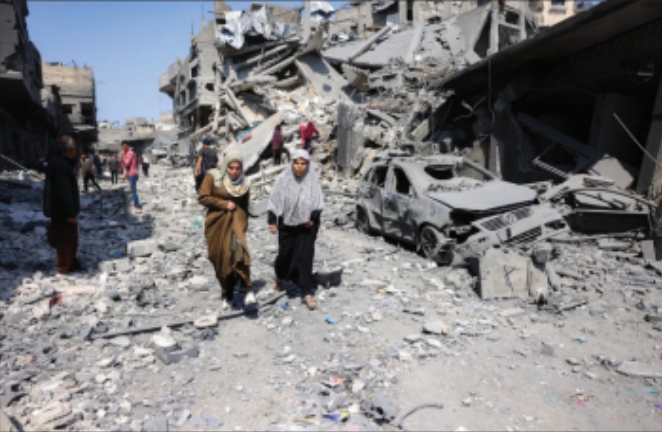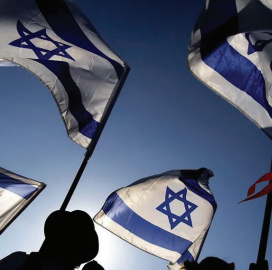On March 18th, 2025, Israel launched extensive airstrikes on the Gaza Strip, renewing a conflict that has since killed upwards of 1000 Palestinians and injured hundreds more. These attacks came at the end of a nearly two-month-long ceasefire between Israel and militant groups. Originally, the ceasefire was planned to be executed in three phases, culminating in the release of all hostages and an end to the war in Gaza. Now that the truce is off, an end to the war seem further away than ever.
The ceasefire went into effect on January 19th, just a day before Donald Trump’s inauguration. Shortly after, the Israeli government received three hostages, and 90 Palestinian prisoners were returned home. This was supposed to be one exchange out of a series of exchanges in phase one. In phase two, Hamas would release all the remaining male detainees while Israel would free a set amount of Palestinian prisoners and withdraw troops from Gaza. Phase three would see Hamas’s release of all deceased hostages, more Palestinian prisoners, and a complete end to the war. Needless to say, the last two phases of the plan were not carried out. Ultimately, 33 Israeli hostages and almost 2000 Palestinian prisoners were released before attacks ended the ceasefire.
“I am not surprised,” says Rachel Otty, teacher of Dynamics of the Modern Middle East at CRLS, to the Register Forum. She continues, “Netanyahu and his administration didn’t accept Hamas being in a position of power… Israel was looking for a way to make the argument that Hamas wasn’t fulfilling its end of the bargain.” It’s likely that a continuation of the plan would have placed Hamas in a position to directly bargain with the Israeli government—which might’ve been seen as an acceptance of legitimacy, something that Israel persistently denies Hamas has. On March 17th, Israel began accusing Hamas of building up troops to launch another attack, which Hamas has denied. The next day, in one of the deadliest days of the conflict so far, Israel launched a volley of rockets into the Gaza Strip in a surprise attack, killing over 400 Palestinians.
While Israel was the side that broke the ceasefire, a poll conducted at the beginning of the agreement showed that the majority of the Israeli population supported the continuation of the ceasefire until all hostages have been freed. It is estimated that there are still 24 living Israeli hostages in Gaza, meaning Netanyahu ended it prematurely—a move that may have been motivated by political gain. “Were [the conflict] to end, he could face prosecution,” Ms. Otty explained. “He is now in a politically vulnerable position… Continuing this buys him more time.” It’s unclear what the future holds for the conflict, but continued military action isn’t doing either party any favors.
The ceasefire offered a glimmer of hope in the Middle East, however, the continuation of attacks has now delayed the possibility of a resolution. It’s still possible that things take a turn for the better, but right now, the costs of war are mounting for both Israelis and Palestinians.
This article also appears in our April 2025 print edition.















